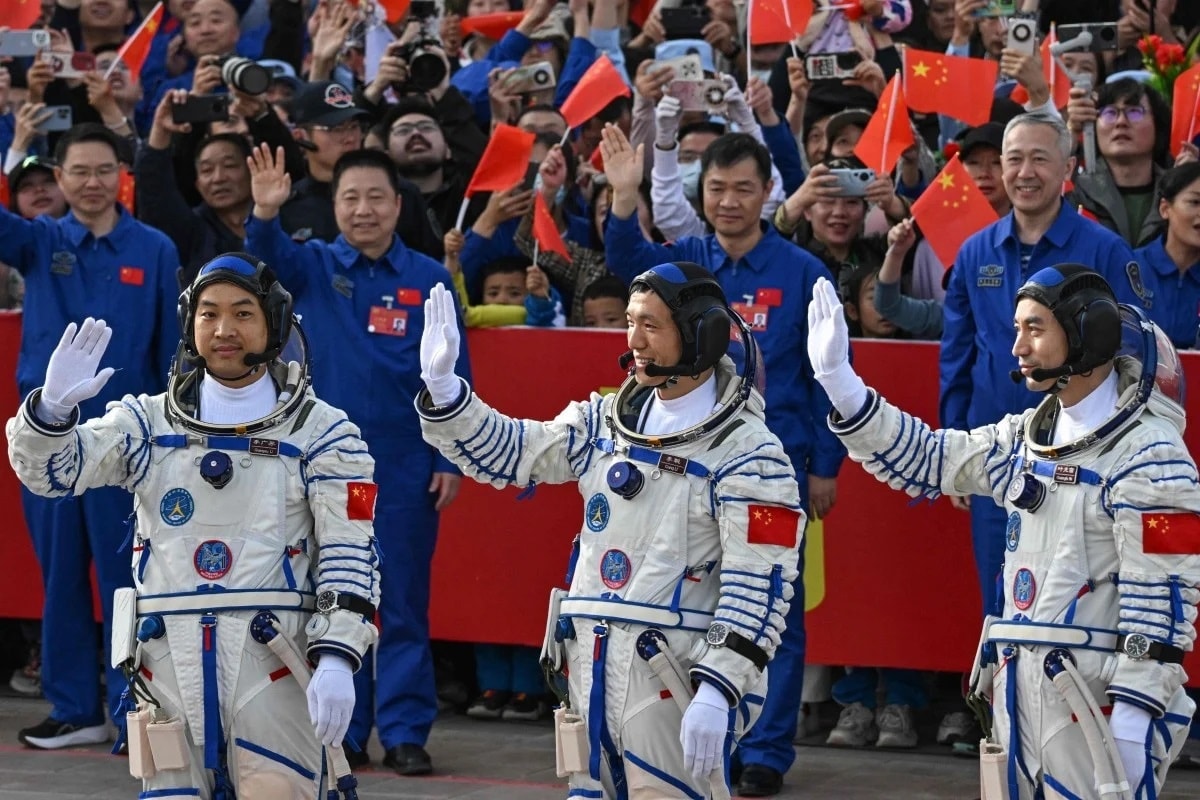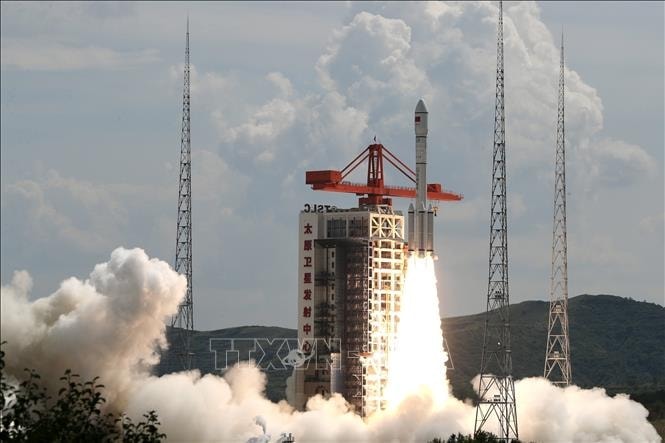China has announced an ambitious roadmap to surpass the US and become the world leader in space science by 2050.

According to the South China Morning Post, the National Development Program for Space Science was announced by the National Space Administration, the Manned Space Administration and the Chinese Academy of Sciences on October 15.
This is the first plan to be published in China. The plan sets out 17 priority areas for development - including searching for habitable planets and extraterrestrial life, exploring the origin and evolution of the universe, exploring the nature of gravity, exploring quantum mechanics and general relativity.
The scientific mission plans will be implemented in three phases - from now until 2027, from 2028 to 2035 and from 2036 to 2050.
According to its long-term space science goals, China will add five to eight future missions to its current projects by 2027.
In the second phase, the goal is to develop and deploy 15 missions to build space power, including building a permanent lunar research station.
And in the third phase, China aims to carry out 30 space science missions to surpass other powers and become the leading country in space science and exploration.

“We will strive to achieve the ‘three-step’ strategic goal outlined in the plan – that is, China’s space science will enter its first phase by 2027, become one of the world’s leading countries in strategic direction by 2035, and become a world space science power in key areas by 2050,” said Wang Chi, director of the CAS National Space Science Center.
The United States has long been a leader in space, ranking first in the world in the number of missions it has completed. Both federally funded space agencies and private companies like SpaceX are making great strides, including testing reusable rockets.
In 2021, NASA launched the James Webb Space Telescope - the largest and most complex telescope ever launched into space. The US has also launched several successful Mars probes and aims to send astronauts to the "red planet" as early as the 2030s.
Despite starting its space program decades later than the United States and other major powers, China has continued to achieve important milestones, including launching a space station and becoming the first country to return samples from the far side of the Moon.
The samples - brought back by the Chang'e 6 mission in June - have been found to have unique characteristics and further study could reveal new information about the Moon.
At the press conference, Ding Chibiao, vice president of CAS, said that China's space technology has made major breakthroughs and some areas are leading the world. He said that space applications in the fields of satellite communications, navigation and remote sensing are booming, playing an important role in serving the national economy and social development.
However, according to Mr. Chibiao, in comparison, the number of China's space science satellites is still relatively small and the major breakthrough achievements are still not enough. China still has a certain gap compared to the world's aerospace powers.
“China’s space science research is still in its infancy as a whole. This is a shortcoming that needs to be addressed on the road to building a space power,” he said.
At a press conference, Yang Xiaoyu, director of the CNSA Systems Engineering Department, dismissed warnings from a US official about data security risks when cooperating with China on space projects.
China “has never and will never” share data from international cooperation projects without permission, he said.
The plan identifies five scientific themes aimed at developing space science missions - including habitable planets, biological and physical sciences in space, the Sun-Earth panorama, space-time ripples and the cosmos.
The plan also calls for scientists to search for habitable planets and life both inside and outside the solar system — including characterizing atmospheres, detecting exoplanets, studying impact histories, and exploring Mars and Jupiter.
To further study space and space phenomena, the plan calls for a deeper understanding of physics, including general relativity, as well as the science of life in space and microgravity.
The plan also calls for further research into the relationship between the Sun and Earth, including magnetic field activity, the nature of gravity and space-time, including the formation of supermassive black holes.
The plan also calls for further research into the origin and evolution of the universe, including the origin of stars and the nature of dark matter.
China has planned several space missions, including the Chang'e 7 and 8 robotic lunar exploration missions, the Tianwen 2 near-Earth asteroid mission, and the Tianwen 3 mission aimed at bringing back samples from Mars before the United States.
China is also working with countries around the world to launch a permanent lunar research station.
China will continue to cooperate with other countries in pursuing space goals, including developing countries, to allow them “equitable access to and use of outer space,” Mr. Yang said.